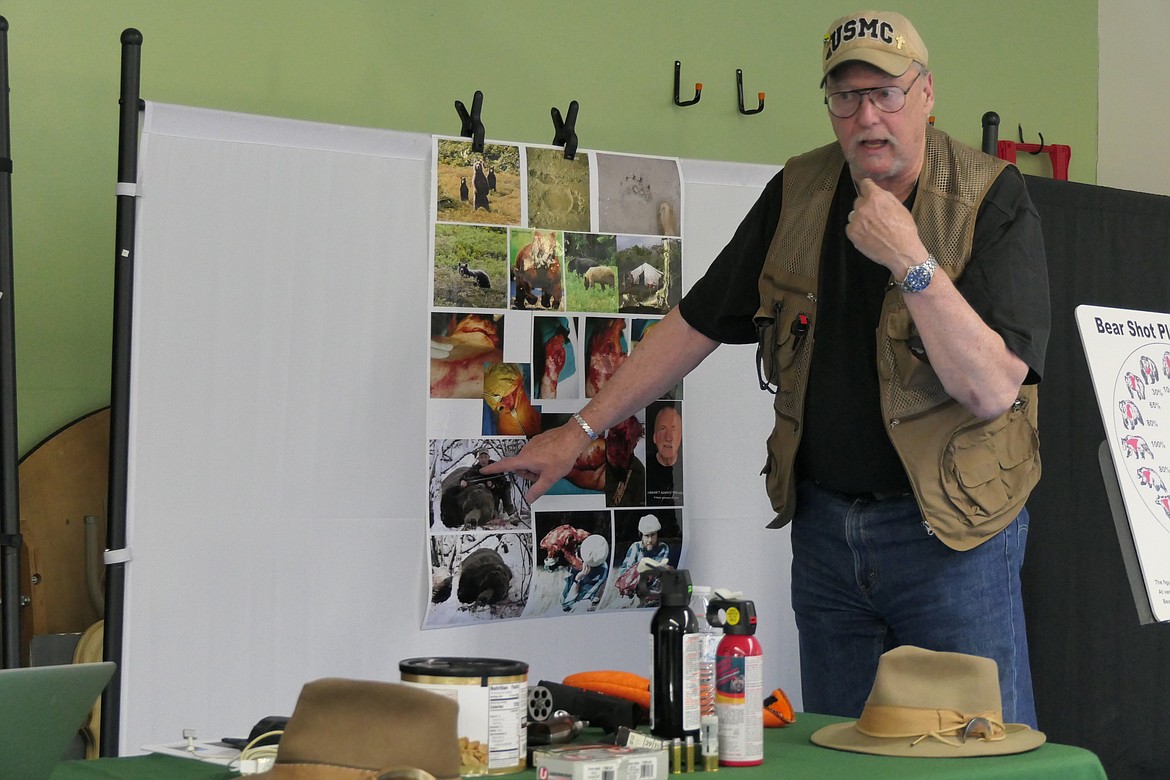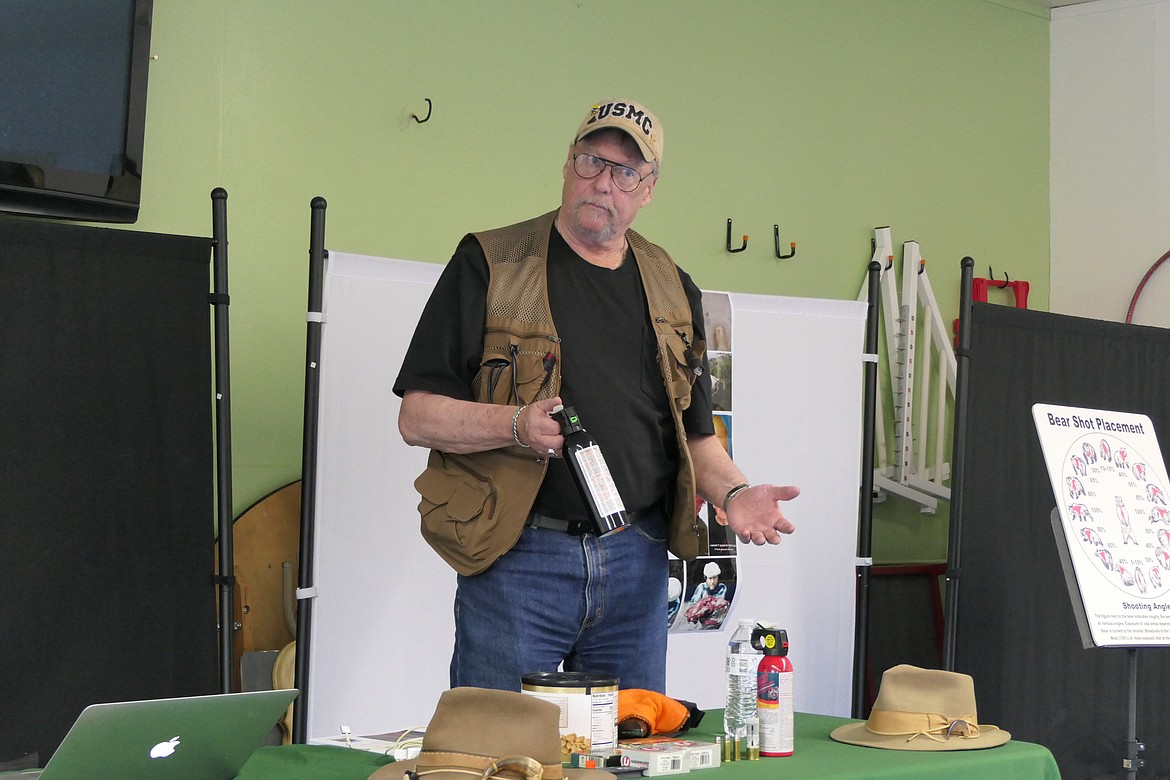Bear attack survivor shares tips for recreating in grizzly country
As he was dangling from the mouth of a record-size brown bear in Alaska, several thoughts surged through Brent Hudson’s badly bleeding head.
The now 76-year-old Hudson was at the mercy of the 9-foot bear, who picked him up by the neck, took a few steps and dropped him...
Support Local News
You have read all of your free articles this month. Select a plan below to start your subscription today.
Already a subscriber? Login
Daily Inter Lake - everything
Print delivery, e-edition and unlimited website access
- $26.24 per month
Daily Inter Lake - unlimited website access
- $9.95 per month


